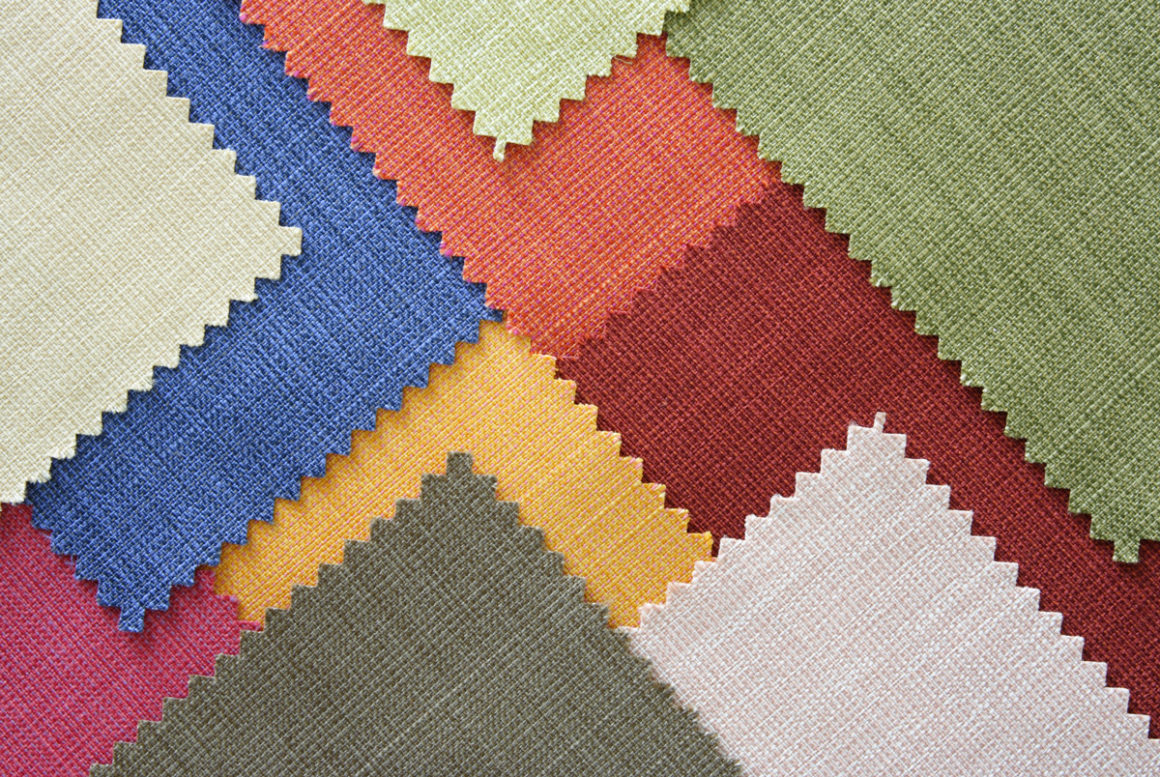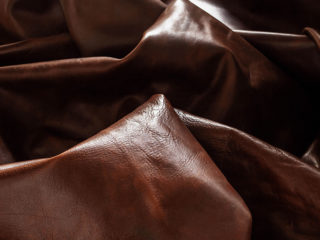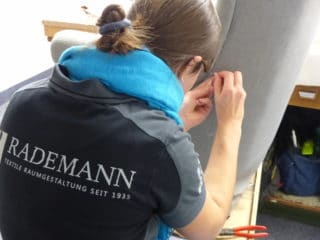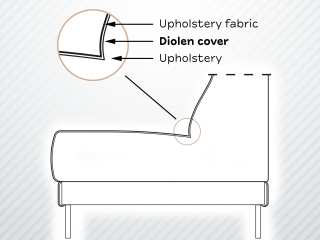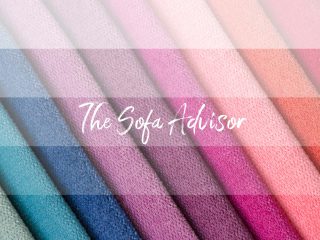Overview
A sofa guide to what the fabrics are made of
The types of fabrics, or rather their materials, determine to a large extent the quality, usage properties and appearance of the upholstery fabrics. A little knowledge of materials will help you choose your new sofa cover.
The raw materials: from cotton to polyurethane
Upholstery fabrics are made from both natural fibers and synthetic fibers (= man-made fibers). Natural fibers come from plants or animals. Synthetic fibers consist of polymers that are either obtained from natural fibers or produced synthetically.
Classification of textile fibers
| Natural fibers | Synthetic fibers | ||
| Vegetable fibers | Animal fibers | Natural polymers | Synthetic polymers |
| Cotton | Wool | Viscose | Polyacryl |
| Flax/Linen | Silk | Modal | Polyamide |
| Ramie | Acetat | Polyester | |
| Polyurethan |
Natural fibers: Grown quality with a long tradition
Cotton: the “white Gold”
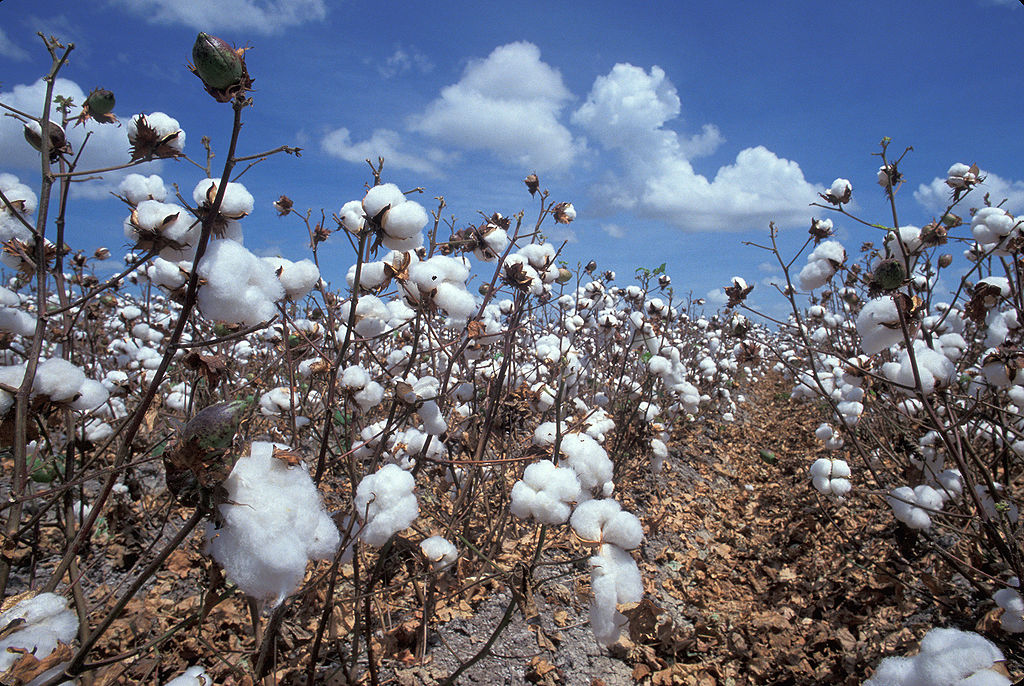
Photo: David Nance / WIKIPEDIA
Cotton is made from the seed hairs of the cotton perennial. It is a very old cultivated plant that was originally native to America, Asia and Africa. It grows particularly well in tropical and subtropical climates and is now grown around the equator, which is why this area of land is also called the “cotton belt.
Cotton has played and continues to play a major role in the manufacture of home textiles and clothing. Today, around 30% of all textile fibers worldwide are made from cotton. Due to the complex and time-consuming processing of the relatively short seed hairs, cotton fabrics were an absolute luxury until about 1600, comparable in rarity and prestige only to the legendary Chinese silk. In ancient Babylon, the fiber was therefore called “white gold”. It was not until the machine spinning and weaving techniques of modern times that cotton became generally affordable.
In the furniture sector today, cotton fabrics are valued for their skin-friendly properties. In addition, they are easy to dye, very dense and smooth, and therefore particularly suitable for printing with any kind of design.
Flax/Linen: Many plants yield little
Linen is obtained from the stems of the flax plant. The flax plant, also called linseed, grows almost everywhere on earth except in the tropics. From time immemorial, flax has been used for fiber extraction and oil production (linseed oil). For fiber production, the 50-90 cm long bast strands are removed from the stalk in a rather labor-intensive process. A working process in which the few usable fibers are separated from the many unusable ones is the so-called Durchhecheln, from which our current expression “to hecheln someone” originates: Just as there is not much left of the person, there is not much left of flax at the end of the haying process.

Photo: MAXXL2 / Wikipedia
By the end of the 18th century, 18% of the fibers processed were made from flax. Today, linen plays only a minor role in terms of quantity, but is being rediscovered in many places, not least because of its ecologically compatible producibility. In addition, linen is characterized by its skin-friendly properties and very high tensile strength. Connoisseurs also appreciate the particularly natural look of linen. One disadvantage of linen, however, is its limited dyeability. In order to improve the usage properties and for price reasons, linen is nowadays often processed together with other fibers to form blended fabrics.
Ramie: Good for mixing
Ramie (= Chinese grass) originates from the East Asian tropics and is traditionally grown as a fiber plant in Asia, today also in South America and occasionally in Europe. Similar to linen, the fiber is obtained from the bast part of the stalk. The fabrics made from it are also similar to linen. However, ramie is not as durable. Ramie fiber is mostly used as an admixture to other textile fibers. In cotton blended fabrics, it increases the luster and strength of the fabric. When combined with wool, ramie counteracts the shrinkage typical of wool fiber.
Wool: Number 1 for a long time
Wool is made from the fur of sheep. The sheep is one of the oldest domestic animals of man. Initially, they were kept as a source of meat, and since about 3000 BC also for their wool.
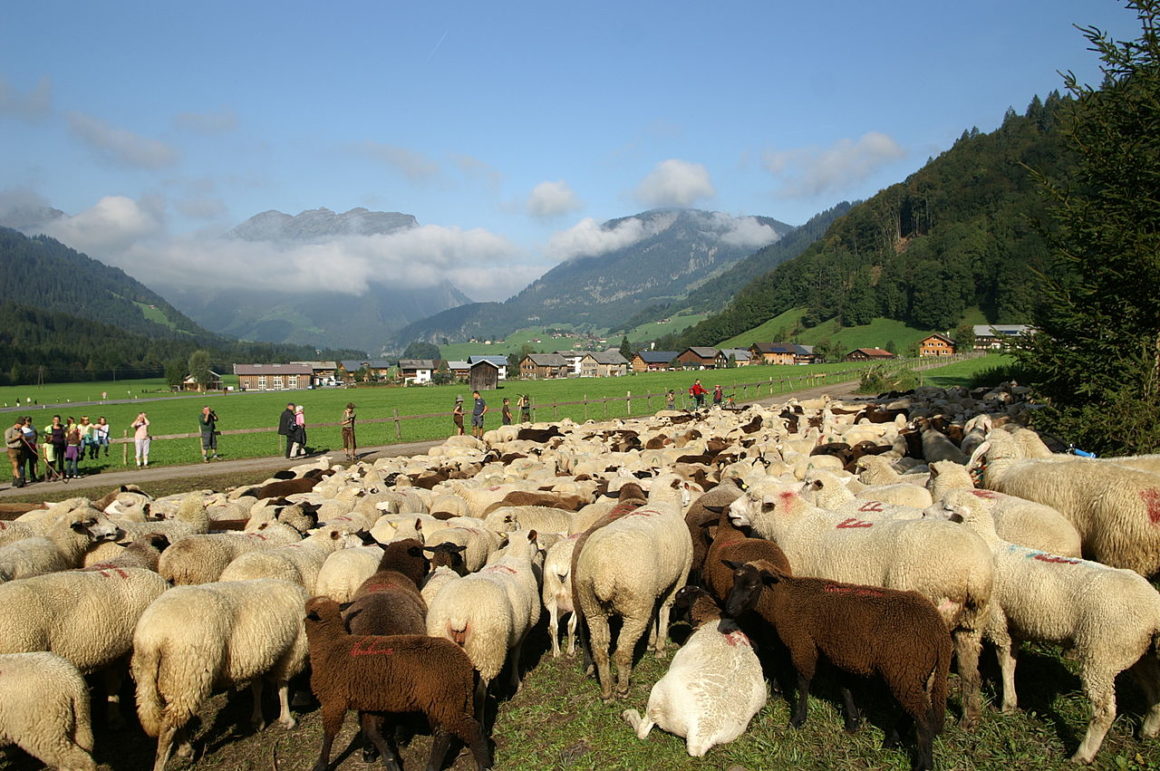
Photo: Böhringer / Wikipedia
Wool used to occupy a leading position in fiber production. In the pre-machine era, wool had a decisive advantage over other materials: It took 13 working days to produce one pound of cotton thread. A comparable quantity of silk required six working days, and linen – depending on the degree of fineness – two to five days. A pound of wool thread, on the other hand, could be obtained in one to two days. It is therefore not surprising that by the end of the 18th century almost 80% of all textile fibers were made from wool.
Later, sheep’s wool was displaced from its top position by cotton and subsequently by synthetic fibers. Wool has excellent thermoregulation properties, i.e. it can absorb a relatively large amount of moisture without feeling wet and dries again very quickly. In addition, it hardly absorbs odors, is very elastic and does not wrinkle. Because of these properties, it is valued in the furniture sector as a fabric material.
Silk: the precious secret of the Chinese
Silk is obtained from the cocoon of the silk moth caterpillar. It originally comes from China, where the production center is still located today. There, the tradition of silk production allegedly dates back to the 3rd millennium BC. The secret of silk extraction and processing was strictly guarded by the Chinese for thousands of years, but in the 1st century AD it reached Europe. Even before that, however, Chinese silk was imported and was one of the most sought-after luxury goods.
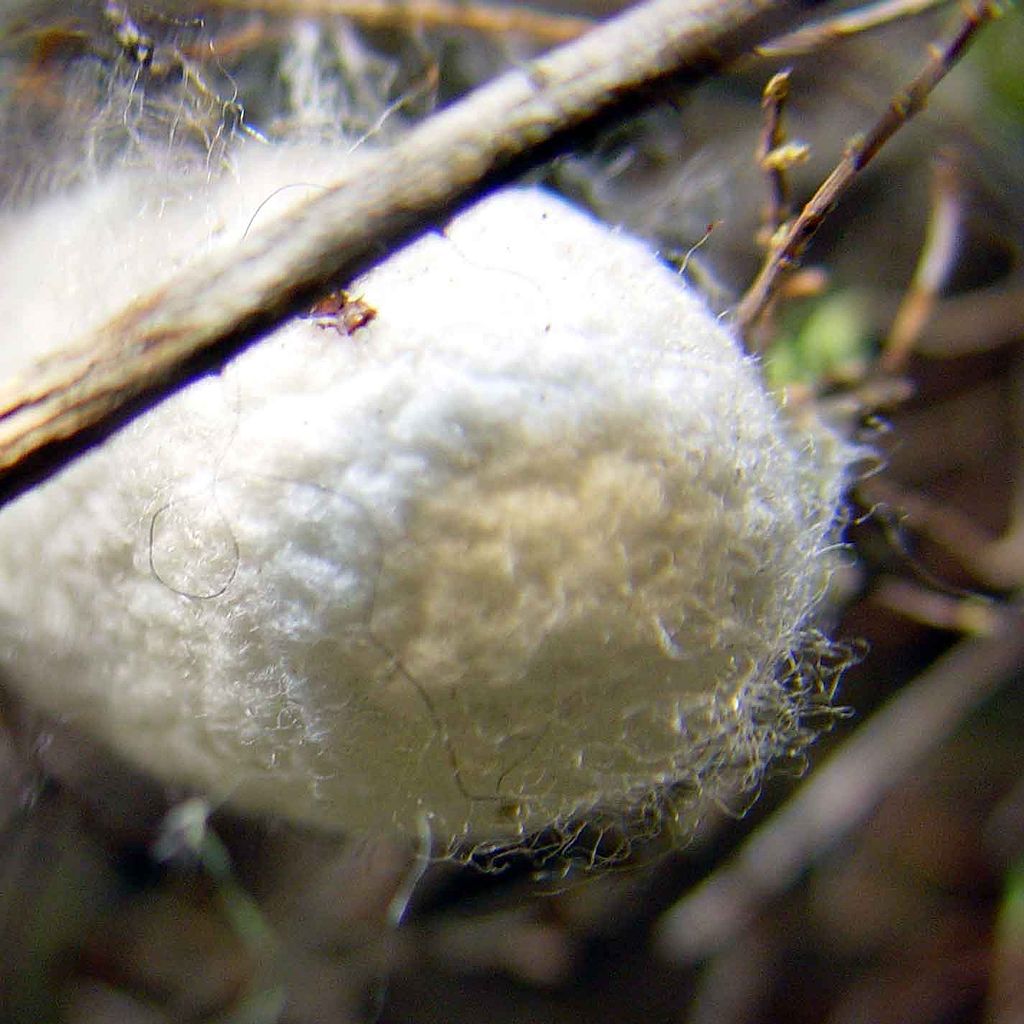
Photo: Gerd A.T. Müller / Wikipedia
Silk is not only the thinnest and longest, but also the most elastic of all natural fibers. Several layers of silk laid on top of each other are very difficult to penetrate. That is why silk clothing was worn by the Mongols as armor. However, since silk is sensitive to moisture and is not colorfast, it is now mostly used for furniture upholstery only in the prestigious sector or for the restoration of antiques in keeping with their style.
Synthetic fibers: Tailor-made high-tech quality
Synthetic fibers were developed at the beginning of the 20th century. Chemical discoveries and new machine technologies made it possible to produce viscous substances from plant materials (= cellulose) or petroleum, which are pressed through nozzles under high pressure and thus formed into long continuous filaments.
After curing, these threads can either be further processed directly or cut into short fibers and spun into yarns. To produce the spinning mass, various chemical processes are triggered and terminated in a controlled manner. In this way, the chemist can grow molecular structures of a very specific length and with very specific properties virtually in a test tube. In this way, a tailor-made fiber is created that can be optimized for the specific application. Synthetic fibers are available in almost any thickness, with all conceivable cross-sections, nubby or uniform, crimped or smooth, matt or glossy.
Further information:
Industrievereinigung Chemiefaser e.V. (IVC)
Natural polymers: synthetic fibers from plants

Photo: Freepik
Viscose: the new cotton
Viscose (= rayon) has been produced since 1910. It is a synthetic fiber, but not a synthetic fiber. This is because it is made from cellulose, i.e. from natural plant parts of spruce, eucalyptus, pine, beech, etc.. The cellulose is first dissolved in a lye. This produces a viscous mass, which is pressed as an extremely fine thread into an acid bath (=wet spinning process). The acid neutralizes the lye and liquid cellulose solidifies into a thread. Yarns and fabrics can then be made from this thread.
Viscose is similar to cotton in its usage properties: it is breathable and, because of its smoothness and particularly low allergy potential, the majority of people find it very pleasant on the skin. It is also easy to dye and has high abrasion resistance. Because of its natural sheen, it used to be called “artificial silk”. Today, viscose plays a very important role for upholstery fabrics, especially as a component of blended fabrics.
Modal: The better viscose
Modal is similar to viscose and, like it, is made from pure cellulose. However, only parts of the beech tree are used for modal. This, as well as a slightly different manufacturing process, Modal has improved properties compared to viscose: it is softer and at the same time more stable, has in particular a higher tear and abrasion resistance. In the undyed state, Modal is even boil-proof.
Acetate: naturalized nature
Acetate is also produced from cellulose. Unlike viscose or modal, however, the viscose for acetate undergoes a permanent chemical transformation by the addition of acetic acid. The viscous spinning mass is also cured in a dry spinning process: an air current ensures that the solvents evaporate. Due to its high elasticity, the fabric is very dimensionally stable, but is sensitive to heat.
Synthetic polymers: types of substances from oil

Photo: Dirk Ingo Franke / Wikipedia
Synthetic polymers are produced from crude oil. About one percent of the petroleum produced worldwide is used for this purpose. All synthetic fibers made from synthetic polymers are mothproof and rot-resistant. Overall, they are very durable, robust and easy to care for, but they absorb little moisture and are therefore often perceived as less skin-friendly than natural fibers.
Polyamide: the classic among man-made fibers
In the 1930s, polyamide was the first synthetic fiber to be invented and was first marketed under the trade names nylon and perlon. Even today, polyamide plays a significant role in the synthetic fiber market. It is very elastic and wrinkles little. It can be permanently deformed by heat, which can be used in the so-called heat-setting process to give the yarn a certain structure. In addition, polyamide is very light, even lighter than silk, and extremely resistant to abrasion.

Photo: Bundesarchiv / WIKIpedia
Polyester: The market leader
Polyester has been produced since 1947 and is the world’s most widely produced synthetic fiber. It is often blended with natural fibers such as cotton and wool. The combination of 55% polyester and 45% wool is so marketable that it is already called a “classic blend”. Polyester is particularly resistant to light.
Polyacrylic:
The polyacrylic fiber was developed in Germany in 1942. It has a wool-like feel and high bulkiness. When processed as a blended fabric with wool, polyacrylic counteracts the felting of wool. In the furniture sector, polyacrylic is often used for velvet-like fabrics with pile, as it has a fluffy feel and is also very stable.
The best of both worlds: Blended fabric
Upholstery fabrics made from a single material tend to be the exception today. There is a good reason for this: synthetic fibers are generally superior to natural fibers in terms of durability, dirt resistance and ease of care. On the other hand, they absorb little water and are therefore not as pleasant to the skin as natural materials. For this reason alone, a mixture is a good idea. Certain “disadvantages” of natural fibers, for example the felting of wool or the susceptibility of cotton and linen to creasing, can be compensated for by adding synthetic fibers. On the other hand, natural fibers counteract the electrostatic charge typical of synthetic fibers, for example.
The different properties of the fibers are also combined for special optical effects. So-called melange yarns, for example, consist of fibers with different dyeability. If they are immersed in a dye bath, the different materials take on the color to different degrees and therefore exhibit the characteristic tone-in-tone effect.
